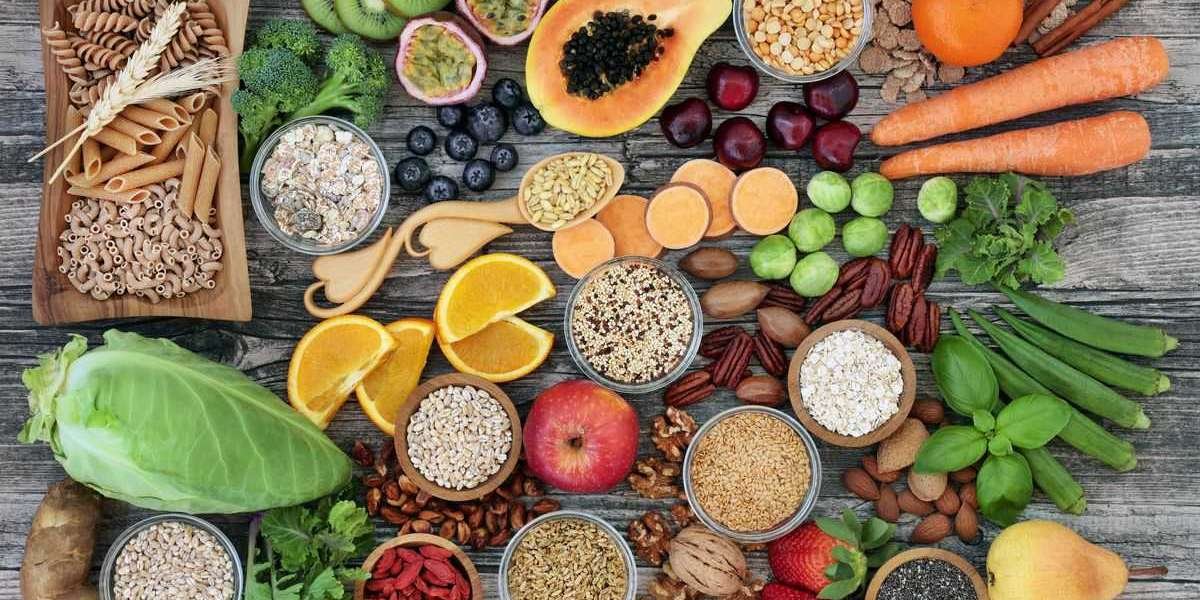According to the current analysis of Reports and Data, the global Prebiotic Ingredients Market was valued at USD 5,568.7 Billion in 2020 and is expected to reach USD 11.48 Billion by 2028, at a CAGR of 9.30%. Prebiotic ingredients are non-digestible food substances that are useful in improving digestive health by promoting formation of healthy bacteria in the gut and improving production of valuable vitamins in the body. High-Fiber functional foods are being increasingly demanded across the globe as consumer incomes are rising and there is an increased awareness about the health benefits of such foods. Prebiotic ingredients acts as a nutritional boosters in food, beverages and animal feed.
The market has witnessed encouraging growth in the developed world during the last decade. It is gradually penetrating into the developing economies in the Asia Pacific and Latin America region. Rising cases of disease and growing awareness about healthier consumption are the major factors driving market growth. High production costs and stringent regulations on the trade of these products are the present restraints for the growth of this market.
Further key findings from the report suggest-
- Animal feed is also an important application segment for the global market. Manufacturers are readily focusing on solutions to improve the intestinal health of animals for healthier upbringing of both farm animals and pets.
- Food fortification is an important driver behind the industry growth of the industry. Nutritional enhancement of food is a part of public health policy in many places to lower the cases of dietary deficiencies in the population.
- Grain-based sources form the second largest source base for the market due to its high availability of grains in developed and developing economies. Also, the nutritional content of grains is high and makes them a suitable source for manufacture of prebiotic substances.
- Bone mass of an adult is dependent on supply as well as bioavailability of calcium. In either cases of deficiency osteoporosis is prone to occur and in addition to this it is highly associated with increasing age and postmenopausal conditions. Presently, osteoporosis treatment and prevention is restricted to increasing calcium uptake, or by stimulating bone formation. Even though, a lot of studies have been carried out on calcium metabolism using rats, results depicted that prebiotics play a role in escalating the bioavailability of calcium.
- Despite the favorable growth scenario, there are hurdles for industry to grow such as heavy production costs and the low awareness among the differences in probiotic and prebiotic food substances.
- One of the major food sources for prebiotics and other colonic bacteria are dietary complex carbohydrates, such as oligosaccharides and polysaccharides that can escape hydrolysis and digestion in the stomach and small intestine. These are called no digestible oligosaccharides, or simply NDO
- Prebiotics are manufactured by enzymatic processes; for example, NDO can be enzymatically prepared by connecting carbohydrate monomers to generate “longer” oligosaccharides, or they can be ready by enzymatic decomposition of polysaccharides into smaller oligosaccharides.
- By region, Europe holds the largest share in the industry. Manufacturers in the region are readily venturing into new product areas, thereby increasing the applicability of these non-digestible nutrition enhancing food substances.
- Asia Pacific is expected to register the highest CAGR in the industry. The increasing consumer awareness about healthy food consumption and the increasing consumer spending on nutritionally enhanced products is driving industry growth.
Do Inquiry About The Report Here: https://www.reportsanddata.com/inquiry-before-buying/2070
For the purpose of this report, Reports and Data has segmented the Prebiotic Ingredients market on the basis of brand, functionality, bacterial activity, type, source, application and region:
Type (Revenue, USD Million; 2018–2028)
- Oligosaccharides
- Mannan-Oligosaccharide (MOS)
- Galacto-Oligosaccharide (GOS)
- Fructo-Oligosaccharide (FOS)
- Insulin
- Polydextrose
- Others
Source (Revenue, USD Million; 2018–2028)
- Roots
- Vegetables
- Grains
- Others
Bacterial Activity (Revenue, USD Million; 2018–2028)
- Bifidobacteria
- Lactic Acid Bacteria
- Others
Functionality (Revenue, USD Million; 2018–2028)
- Gut Health
- Cardiovascular Health
- Bone Health
- Immunity
- Weight Management
Application (Revenue, USD Million; 2018–2028)
- Fortified Food and Beverages
- Dietary Supplements
- Instant Food Formula
- Animal Feed
- Others
Regional Outlook (Revenue in USD Million; 2018–2028)
- North America
- Europe
- Asia Pacific
- Middle East and Africa
- Latin America
Read the Latest Press Release @ https://www.reportsanddata.com/press-release/global-prebiotic-ingredients-market
Key questions answered by the report
- What was the global prebiotic ingredients market valued at in 2020?
- Which is a major factor expected to drive growth of the global prebiotic ingredients market?
- Which of the application segments is expected to account for major revenue share in the global market in 2028?
- Which regional market is expected to account for major revenue share in the global market in 2028?
- What is the expected revenue CAGR for the global prebiotic ingredients market during the forecast period?
Contact Us:
John W
Head of Business Development
Direct Line: +1-212-710-1370
E-mail: sales@reportsanddata.com
Reports and Data | Web: www.reportsanddata.com
News: www.reportsanddata.com/market-news



